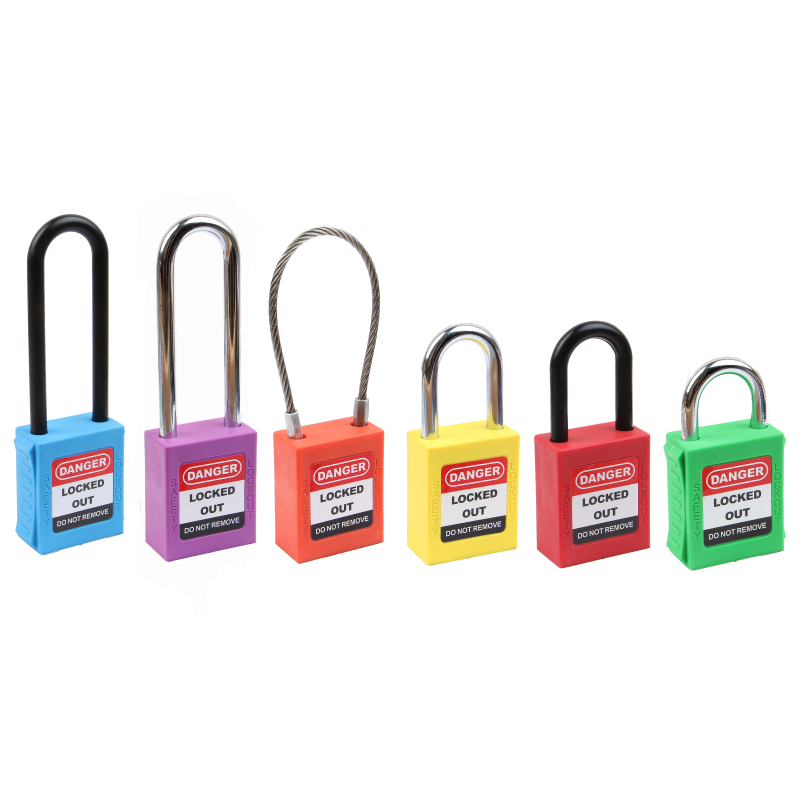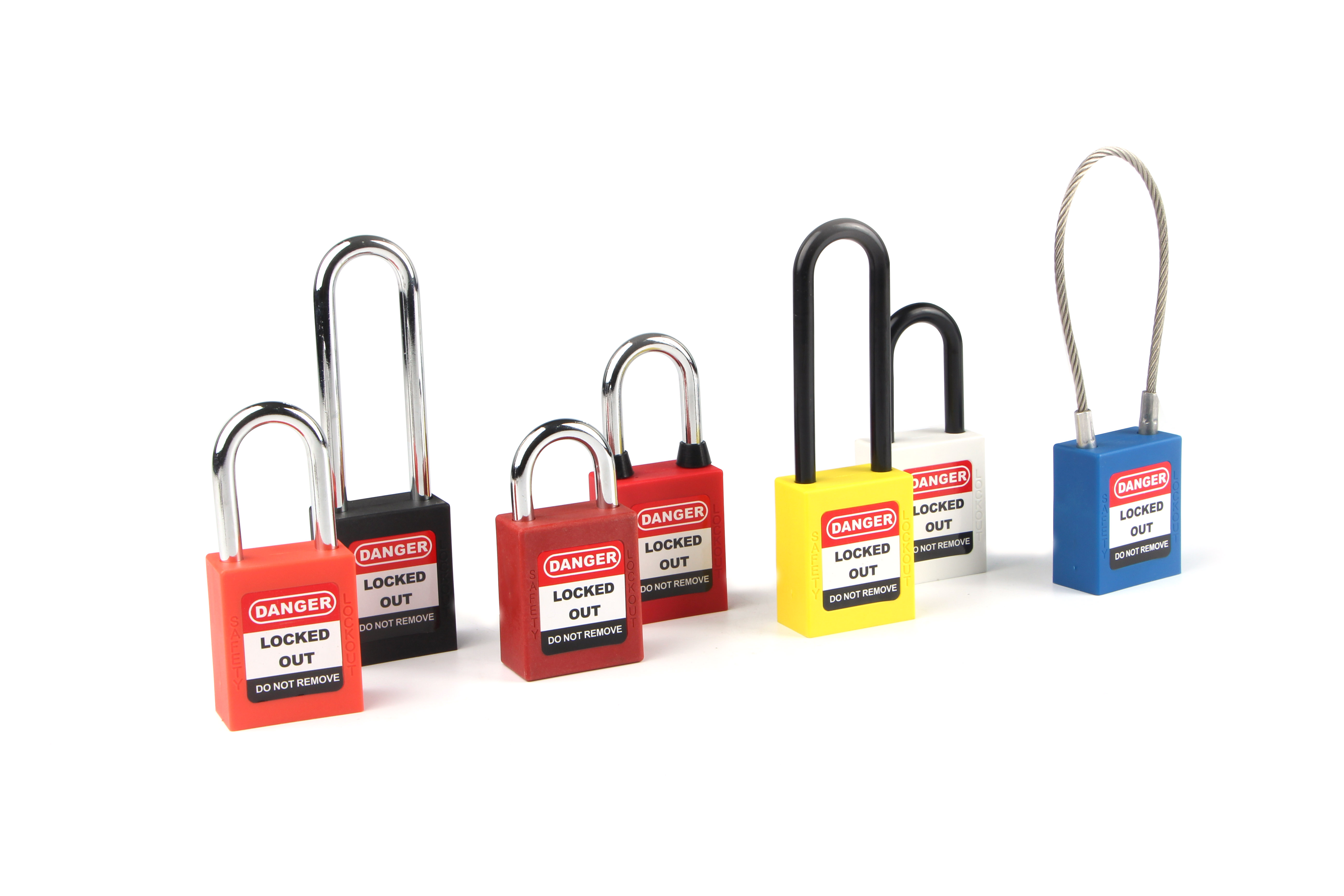Onshore RMB exchange rate ten consecutive losses
At 3 am on December 17, Beijing time, the Fed opened its first interest rate hike in June 2006, announcing a 0.25 percentage point increase in the federal funds rate, and the new federal funds target rate will remain in the range of 0.25% to 0.50%. This marks the official entry of the world's largest economy into the interest rate hike cycle.
On the same day, the central parity of the RMB against the US dollar was set at 6.4757 yuan, down 131 basis points from the previous trading day, which was the ninth consecutive day of downward adjustment. The exchange rate between the two sides of the renminbi against the US dollar continued to weaken. Among them, the onshore renminbi fell more than 100 points, and fell below 6.48 yuan, closing at 6.4837 yuan, welcoming the first ten consecutive losses in eight years, and hitting a new low since June 2011; offshore The RMB exchange rate hit 6.5236 yuan, down nearly 400 points. As of 18:40 Beijing time, the offshore RMB fell 396 points to 6.5632 yuan.
In terms of the impact of the Fed rate hike, Haitong Securities analyst Jiang Chao expects that the probability of a weaker dollar in the short-term, high-interest emerging currencies have been breathing, the pound, the euro may rebound. The pressure on the depreciation of the renminbi has increased, the space for interest rate cuts has been limited, and the reform and transformation have been accelerated. In the short term, interest rates should be stabilized and interest rates should not be cut. The outflow of funds should be hedged mainly through RRR cuts.
Exchange rate flexibility is expected to further increase
Some insiders worry that the pressure of RMB depreciation will intensify as the divergence of monetary policy between China and the United States causes funds to flow out of China. Some analysts said that the narrowing of the spread between China and the United States may indeed bring greater pressure on the depreciation of the renminbi. It is expected that the volatility will continue to expand in the short term, but it is not necessary to over-interpret the volatility.
Lu Zhengwei, chief economist of Industrial Bank, said that it is imperative for the renminbi to "divorce" with the US dollar. The renminbi index launched by the foreign exchange trading center has already declared this. After the first interest rate hike, Lido will be exhausted, and the US dollar will have a correction. The RMB can be put to rest and speed up the revision.
Huatai Securities pointed out that as the interest rate hike falls, the renminbi still has room to depreciate, and it is expected that the volatility will continue to expand in the short term. But the renminbi is more of a mild devaluation under the guidance of the central bank. In the long run, the central bank still has a bottom line for the exchange rate. The strong trade surplus, capital controls and economic growth also mean that the exchange rate has its own resilience. Therefore, it is unlikely that the renminbi will depreciate sharply against the US dollar like other currencies.
Zhong Wei, a professor of finance at Beijing Normal University and chief economist at Ping An Securities, also said that it is not necessary to over-interpret the volatility. Maintaining a narrow range of nominal exchange rates should not be a policy goal, but the real effective exchange rate is flexible and two-way fluctuations. Should be the goal of normalization.
We supply Unique Key Charting System for keyed differently for you, OEM Manufacturing service is also available if required.
1. Keyed Differ System(KD): Each padlock is keyed differently, supplied with 2 keys per lock. 20000pcs individual padlocks available.
2. Keyed Alike System(KA): Each padlock is keyed the same. 1 key will open all padlocks in each group.
3. Differ & Master Key System(MK): Each padlock is keyed differently, supplied with 2 keys per lock. A master key will override and open any of these padlocks.
4. Alike & Master Key System(KAMK): Each padlock is keyed the same in one group. A master key will override and open all groups of Alike keyed.



Thermoplastic Padlock,Safety Lockout Padlocks,Security Padlock,Insulation Safety Padlock
Lockey Safety Products Co., Ltd. , https://www.lotolockey.com